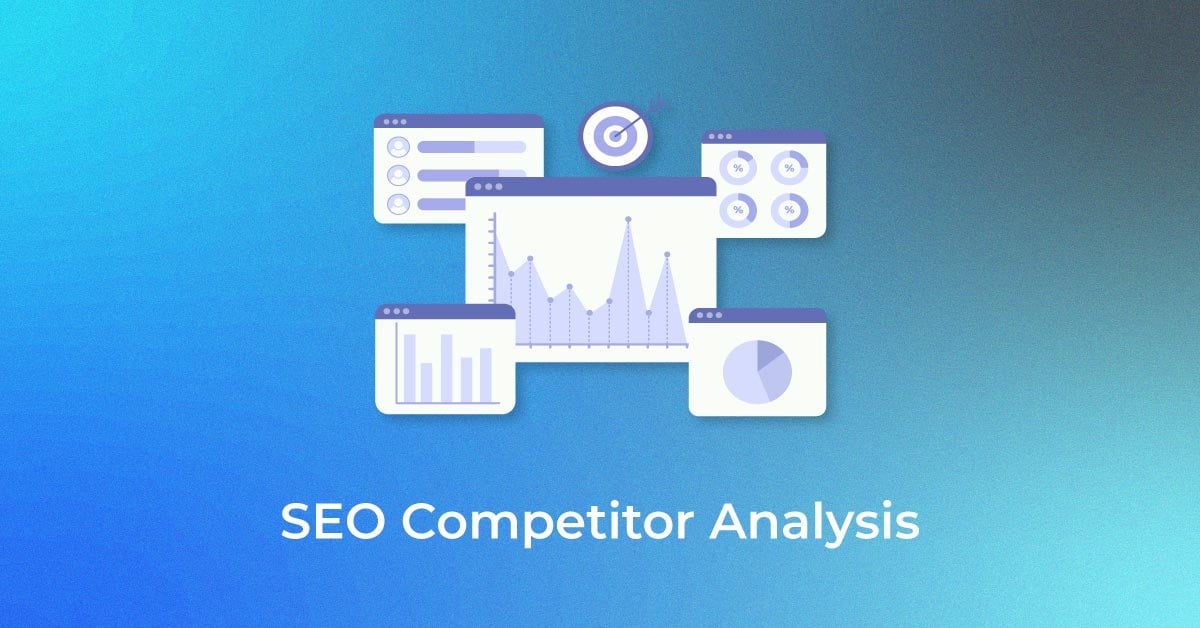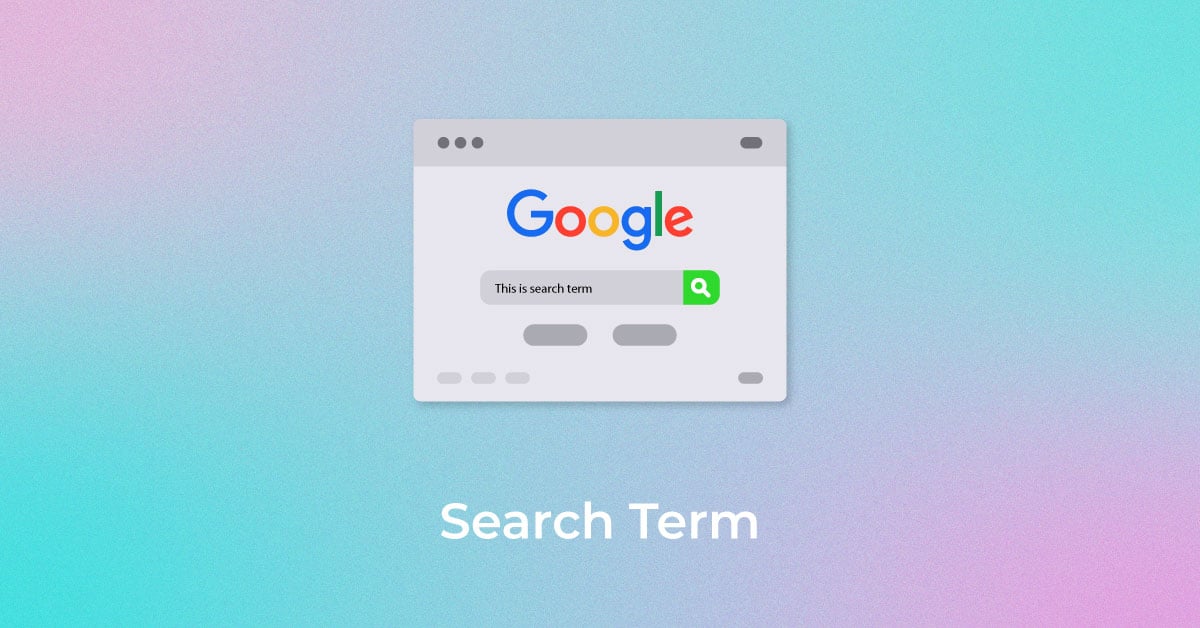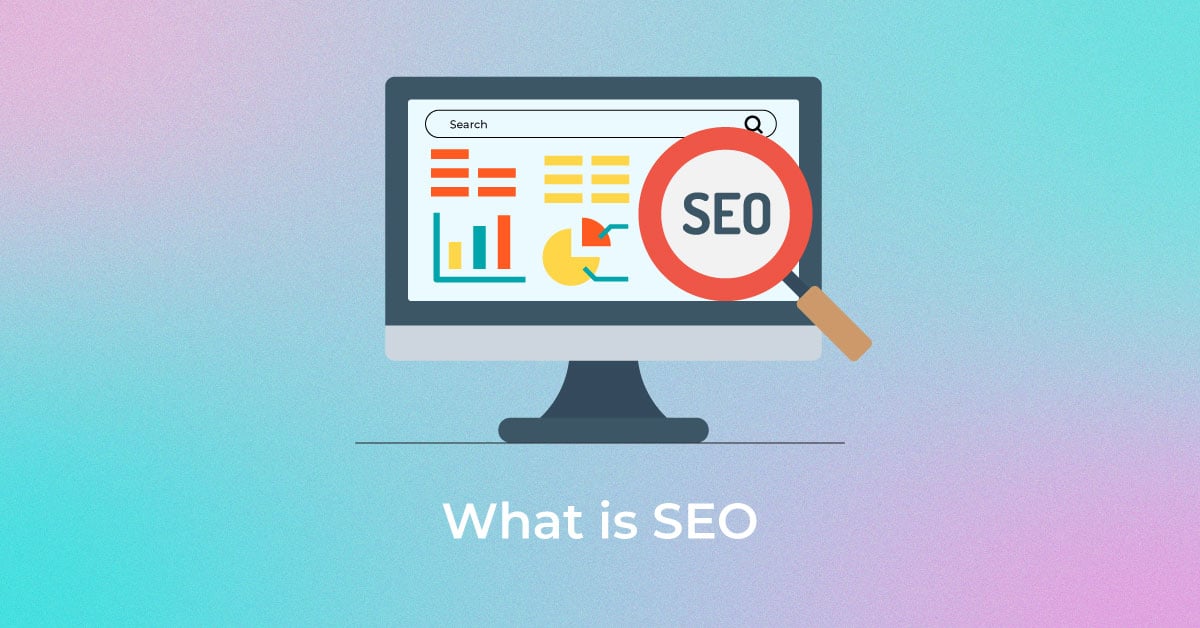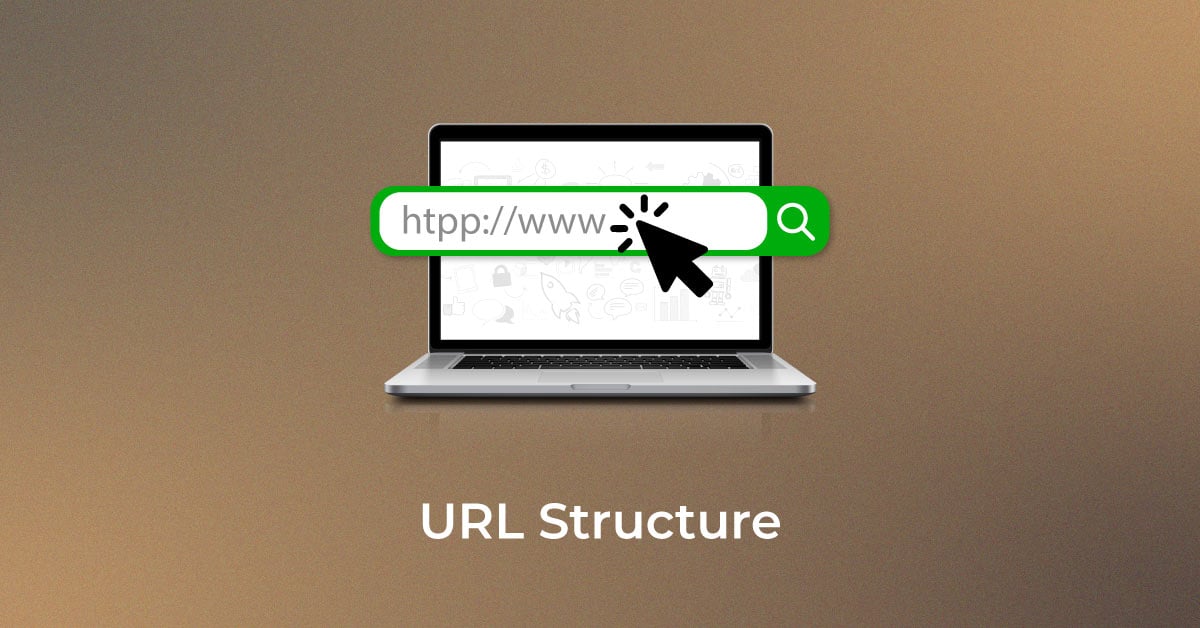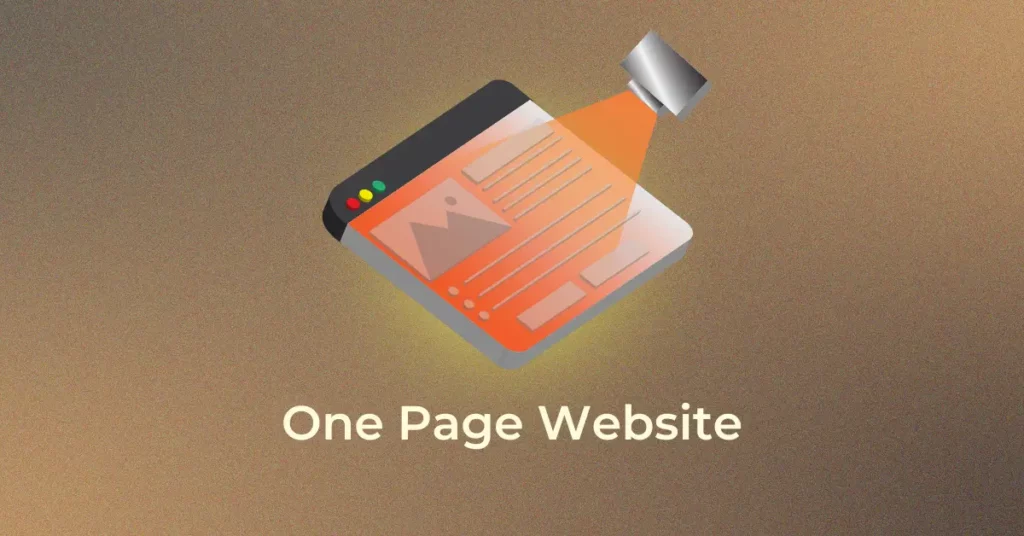Most businesses have plenty of information to display on their website, which requires them to have a website design consisting of several pages. These pages outline the details of their products and services, contact information, company policies, etc.
While the multi-page approach is the way to go for most SEO strategies, it is also possible to achieve success with a one-page website.
The trick is to know when you need to use which design. This blog will help you learn what is a single-page website, how you should design one, and its SEO friendliness and advantages.
What is a single-page website?
A single-page or one-page website has only one landing page comprising the site’s content. It offers a fast and clear reading experience, sleek design, mobile friendliness, and intuitive scrolling.
Multi-page websites allow users to access content on other URLs via internal linking. But a single-page website is one page with no other links to navigate to. In other words, it does not have any navigational links to make you feel like you need to check out other pages.
These websites are suited for individual professionals and small businesses with a limited range of products and services.
How to create a single-page website for your business?
If you are considering designing a single-page website for your business, start by looking at some of the existing ones. Analyze both poor and the best one-page websites to determine your user’s preferences.
Next, decide whether you need to convert your existing website into a one-page layout or execute a one-page website design from scratch. Plan a logical layout and focus on keeping it simple. Make sure your content answers the 5Ws and other essential information your users may be looking for.
After you know what kind of 1-page website you want, follow these steps.
1. Select a one-page website template
Pick a one-page website template with all essential elements like an anchored menu, rich footer, social bar, and strips and columns. Ensure that the fonts, website colors, and logo are aligned with your branding guidelines. Personalize it as per your website’s requirements.
2. Create a content strategy
Your content must have a strategic layout so that it shares a logical and intuitive story. Add core messages above the fold to entice visitors before they proceed to the lower sections. Add other content elements in order of priority and remember to avoid redundant information.
3. Make use of scrolling effects
A single-page website can be one-dimensional. But if you want to grab the user’s attention, add scrolling effects like parallax scrolling to deliver a 3D illusion and boost engagement. Most of the best one-page websites out there use layers in the background and foreground that move at different speeds when a user scrolls down.
4. Create an anchor menu to connect each part
Every menu item on a one-page website links to a separate section on the same page instead of a page of its own. This creates a flat architecture strategy. Make sure you define sections and implement anchors.
5. Make navigating simpler
Add a ‘back-to-top’ button at the end of your website. This button takes visitors to the beginning of the website in just one click. The button’s position is fixed, which means users can access it after they reach the website’s bottom. A good navigation system promises a better user experience and site metrics.
6. Put in place a robust CTA
Your website’s main focus should be your call-to-action (CTA). Ensure it is prominent enough and doesn’t get lost amid other content and media. Position your CTA above the fold for maximum visibility and anchor it to a high-priority section.
Are one-page websites SEO-friendly?
It is clear that single-page websites have a great appearance and are fun to build. But what about their SEO friendliness?
Experts remain divided on this subject. Some believe that the website delivers a better mobile experience and helps to target a specific audience. Moreover, links impact ranking, and with a one-page website, all links lead to the main URL, helping to maintain a 1:1 ratio of links to pages.
But, others believe that it poses the challenges of limited keyword targeting, poor structure with low-quality content, and the inability to implement advanced SEO strategies.
A lack of content compromises keyword targeting
A 1-page website has limited content. As a result, you can target only a small set of keywords. While you can deploy different keywords on the same page, you cannot split the keywords across different pages with a dedicated focus. This hampers SEO effectiveness.
A lack of structure and organization results in a poor user experience
When you have a one-page website design, you cannot maintain a clear structure and organization. There’s only one page for all the essential information you wish to provide to your audience. Consequently, it creates a confusing and sometimes annoying experience for the users.
A limited ability to gain backlinks
The focus of a one-page layout website is conversions and transactions. Informational content is quite minimal, and webmasters prefer to link to content with information. So, if you opt for a website with only one page, you will have to compromise on the benefits of link building.
What are the SEO advantages of a single-page website?
After learning about what is a one-page website and its shortcomings, you might be confused about why someone would opt for this approach.
While there are several reasons to avoid choosing the design, it can be highly beneficial for specific types of businesses. For instance, if you’re an e-commerce store, you cannot display all your products and categories on a single page. But, if you’re a photographer, you can showcase your individual portfolio through a single-page website.
The design is relatively affordable. Moreover, some SEO benefits make the design an attractive choice.
They are an excellent starting point for brand launches
Before launching a brand, there’s a lot that you need to do to prepare a full-scale website. A single-page website can be a teaser for the brand’s launch. It can let Google crawl and index the website before the large-scale launch.
PageRank is restricted to a particular page
With a one-page website, you don’t have to worry about PageRank dilution. Every backlink that you generate will navigate to the main URL. As a result, all PageRank earned toward your site is related to a single page, with no authority being transferred via internal linking.
They automatically provide a nice experience to mobile users
The design for single-page websites is built keeping mobile users in mind. It is often quite optimal, making it easier for people to navigate using anchor links. Google also evaluates your website’s mobile-friendliness for ranking, which means this is a benefit to encash.
Maintain a clear hierarchy
Since one-page websites don’t have navigation menus and breadcrumbs, they lack a definite architecture. To combat the issue, you need a clear on-page hierarchy for your content. Maintain a logical heading structure using H1, H2, and H3 tags appropriately to let users scan and navigate the page easily.
Don’t overlook image optimization
The design of a one-page website is such that it contains a lot of imagery. Thus, do not skip image SEO at any cost. Follow the best practices of providing file names and descriptive alt text, loading images via a CDN, and compressing image file sizes.
Don’t overlook page speed
When a website has only one page, it is the only page users will load. Make sure it is fast and responsive. Page speed isn’t an SEO priority, but it helps with driving organic rankings and improving user experience.
Conclusion
A one-page website can engage users better than a multi-page website if it is designed correctly and for the right business. Since users have less information to scroll through, they will remain focused and pay more attention. As a result, you can boost engagement and drive more conversions.
But, not all businesses should use a one-page website. You must carefully evaluate the nature of your business and its requirements before choosing between a one-page and a multi-page website. You must use the layout only if you are sure that you will be able to project all your vital information on the same page.
Popular Searches
How useful was this post?
4 / 5. 1












